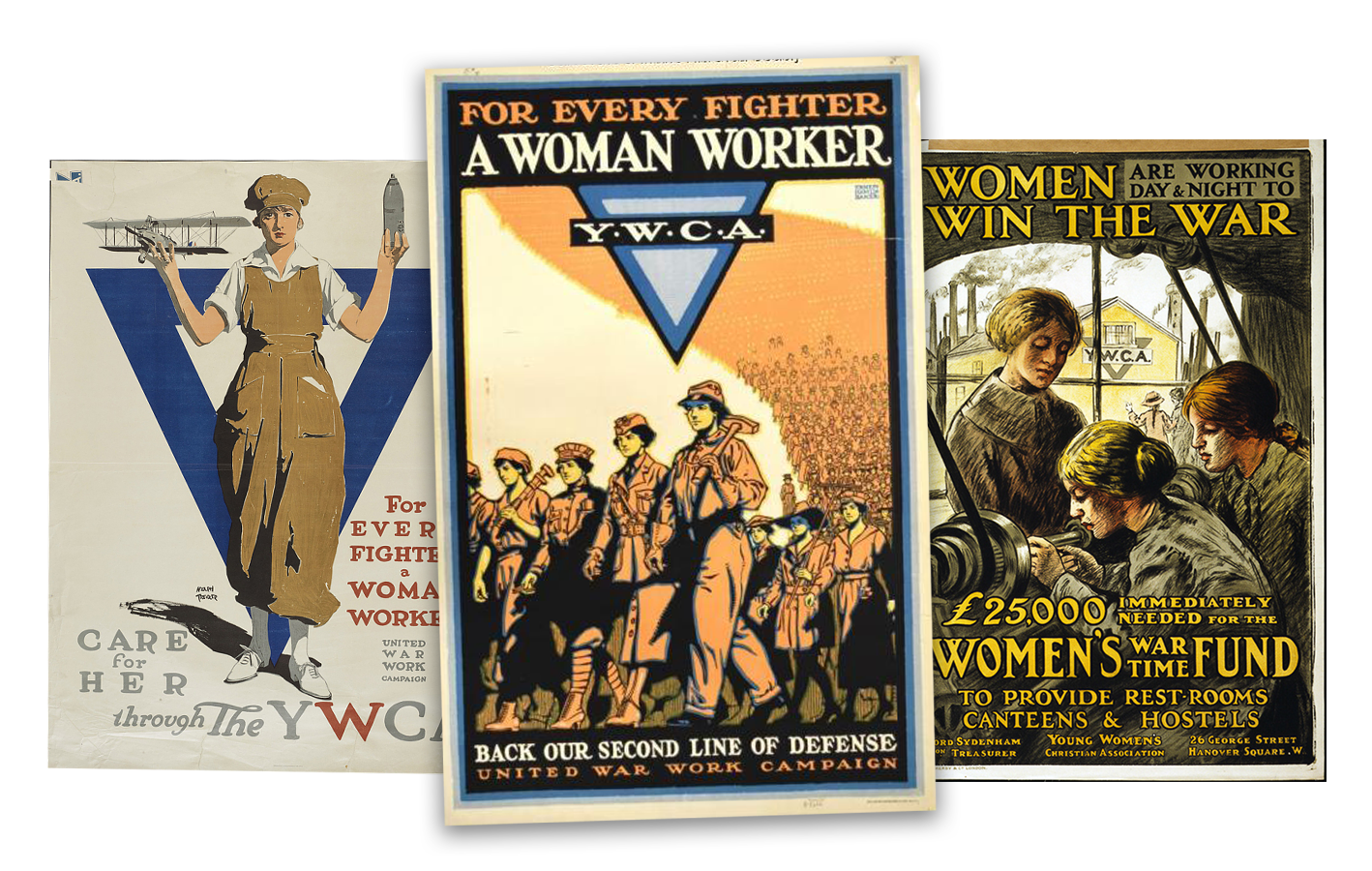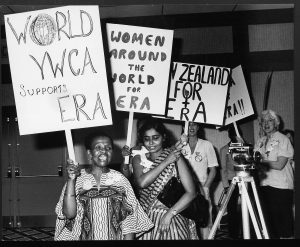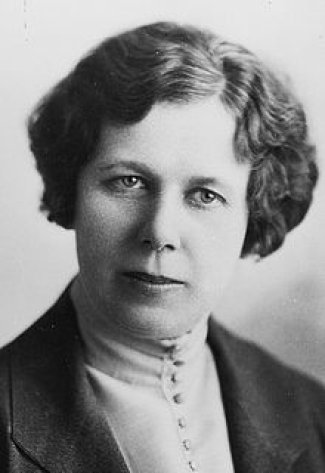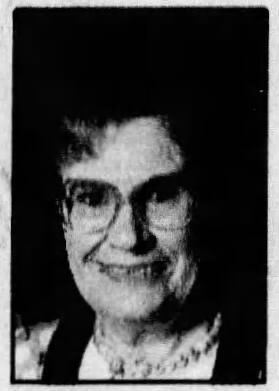As we honor Labor Day at EmBe, we’re reflecting on the women laborers. The YWCA has always been in support of working women. Since its beginning, the organization has been there to support industrial women, advocate for women’s rights, and declare equal pay. YWCAs worldwide helped with the representation of labor units and the empowerment of women entering the workforce. This story will help to illustrate some critical aspects of the history of the working woman and the YWCA.
United War Work Campaign
One of the first significant efforts the organization started to help the working woman was the United War Work Campaign. This campaign was the combined endeavor of seven organizations – YWCA, YMCA, American Library Association, Jewish Welfare Board, Knights of Columbus, Salvation Army, and War Camp Community Service – to raise money for soldiers/workers overseas during World War I.
While the other organizations wanted to focus mainly on providing morale programs for soldiers, the YWCA wanted their money to go towards helping the women workers, such as nurses, drivers, radio operators, messengers, stenographers, and more. Many women of WWI were overlooked by their male counterparts and received lesser treatment and housing. The YWCA aimed to solve this problem. They also wanted their money to go towards working women in France. The French were our allies in WWI; however, America couldn’t do much to help them as we were consumed with the task of helping the American soldiers. The YWCA organization wanted to go farther than just helping our own and provide support for the neglected French female factory workers. They created a separate line of posters for the campaign to show these women’s reality and why it was so important to help them.
The posters created for this campaign are now considered iconic in the history world. All posters at the time showed women helping in the war by serving the men – handing out drinks, washing clothes, cooking, etc. Even the posters created by the other six organizations in the United War Work Campaign showcased women in similar cooking, cleaning, and housework roles. However, the YWCA approached the campaign from a different angle. The posters they created displayed women in less traditional jobs for them. One showed a woman holding a plane and a bomb in her hands and wearing the clothes typical of a munitions or weapons worker. Another portrayed a group of women engineers working on a piece of machinery. Perhaps the most iconic of these posters was the one that read, “For every fighter, a woman worker.” The image on this poster was a parade of women walking together in various uniforms and jobs. Some of these uniforms were typical of women, while others were less conventional such as a mechanic, a soldier, and a scholar.

The United War Work Campaign happened when the Sioux Falls YWCA was not yet built; however, the Sioux Falls community was very active in helping the effort. All states in the USA were given a quota to reach, adding to a nationwide goal of $170,000,000. South Dakota’s goal was $875,000. The state held many fundraising events and campaigns to help achieve this amount and far surpassed the set goal. Minnehaha county alone raised over $90,000. The United War Work Campaign exceeded its $170,000,000 goal and raised over $203,000,000. It is considered the most significant fundraising effort in history.
Equal Rights Amendment
 Another critical effort the YWCA has made to help women workers is supporting the Equal Rights Amendment. The ERA was proposed in 1923 to secure full equality for women. This amendment would end all legal distinctions between men and women regarding divorce, property, employment, and other matters. It would also guarantee equal pay and rights for women in the workplace. Ultimately, it failed to achieve ratification, but through the process, women gradually achieved greater equality through legal victories.
Another critical effort the YWCA has made to help women workers is supporting the Equal Rights Amendment. The ERA was proposed in 1923 to secure full equality for women. This amendment would end all legal distinctions between men and women regarding divorce, property, employment, and other matters. It would also guarantee equal pay and rights for women in the workplace. Ultimately, it failed to achieve ratification, but through the process, women gradually achieved greater equality through legal victories.
South Dakota has a complicated history with the ERA. SD ratified the ERA on February 5, 1973; however, the state government pulled out because the original deadline was extended in a controversial legal tactic. The state rescinded the ERA’s ratification in 1979. Now, in the present day, South Dakota, along with a few other states, is in a lawsuit because the state has sued to stop the ERA’s passing. While mostly everyone is in favor of equal rights, some believe that the ERA was approved in a way that wasn’t legally correct and, therefore, shouldn’t be passed.
The YWCA has always supported this amendment’s passing and showed its endorsement continuously through the 20th century. One of the ways they did this was through a three-part lecture series in the 1970s that covered what it was, why people should support it, and how it would help the working woman. The YWCA also completed multiple fundraising campaigns and meetings for the National Organization for Women. Often, the YWCA would host speeches from prominent women’s rights leaders discussing how the ERA would improve women’s lives. Some women who spoke at the Sioux Falls YWCA were Dorothy Height– a famous activist; Elizabeth Steel Genne– the national YWCA president; and Emma Tenayuca– a labor rights activist. The YWCA also arranged many community-wide events such as marches, strikes, protests, and rallies.
Key People
Throughout the last century, many key people have stood out as activists for their belief in labor rights. In the history of the Sioux Falls YWCA, many deserve to be recognized. Two of these powerful women are Gladys Pyle and Lucy Green.
Gladys Pyle
 Gladys Pyle was born in 1890 in Huron, SD. Her mother, a single mother of four children, was South Dakota’s lead suffragette and was very instrumental in getting women the right to vote in SD. Because of this, Gladys and her sisters grew up surrounded by powerful women and robust ideas.
Gladys Pyle was born in 1890 in Huron, SD. Her mother, a single mother of four children, was South Dakota’s lead suffragette and was very instrumental in getting women the right to vote in SD. Because of this, Gladys and her sisters grew up surrounded by powerful women and robust ideas.
The world of politics first welcomed Gladys when she was 30. She spent two years working for the League of Women Voters until she decided to practice what she preached and run for local government. Gladys was a woman of firsts. From 1923-1927 she was the first woman to serve in statewide office as secretary of state. From 1938-1939 Gladys became the first woman to represent South Dakota in Congress. She was also among the first women to serve on a jury, which she had fought for when she first started in politics.
Gladys did so much good for the working women of the Sioux Falls community. She was instrumental in gaining South Dakota’s ratification of the child labor amendment to the US constitution and helped raise the minimum wage. Gladys was also very in support of the ERA. In an interview with the Argus Leader, she stated, “I’m very, very strongly for the ERA. And I cannot understand why people oppose it. It’s fair, it’s just, it’s American and, until it passes, we are not a real democracy.”
The Sioux Falls YWCA was essential to Gladys, and she loved to help advocate for women business workers and laborers. Over the years, she made many speeches, events, donations, and endorsements for the organization. Her favorite events were the workshops she hosted, where she talked to teenage girls about their opportunities out of high school and helped them create a résumé. She was also an active advisor for the business and professional women’s club, industrial club, and beta rho club.
While she wasn’t looking for recognition, she received several humanitarian and civic awards, including:
- Beta Sigma Phi First Lady of the Year – 1952
- Huron College Alumni Association Distinguished Service Award – 1956 (First woman to win the award)
- Huron College honorary degree in doctor of laws – 1958
- Huron’s Chamber of Commerce Citizen of the Year – 1964 (First woman to win the award)
- Beta Sigma Phi Order of the Rose – 1970
- AAUW national fellowship was established in her honor – 1972
- South Dakota Press Association Distinguished Service Award – 1976
- State BPW Bicentennial Award – 1976
- South Dakota Hall of Fame – 1979
Gladys worked until she couldn’t any longer. She passed away in 1989 at the age of 99. Before she passed, Gladys turned her family home into a museum; she had lived in the same house her entire life and didn’t want anyone else living there. The Pyle House Museum is now a national historic place.
Lucy Green
 Lucy Green was active in the YWCA for most of her life. She was a leader for the business and professional leaders club and a member of many clubs and classes the organization offered. She also volunteered at the YWCA, the league of women voters, and the united way.
Lucy Green was active in the YWCA for most of her life. She was a leader for the business and professional leaders club and a member of many clubs and classes the organization offered. She also volunteered at the YWCA, the league of women voters, and the united way.
Labor equality was a problem that was important to Lucy. She spent most of the 1970s advocating for the ERA and women’s rights. She did a lot of work with the League of Women Voters and acted as the organization’s statewide and national president. As president, she made many important events urging women to vote for the ratification of the ERA. She also did a series of talks at the YWCA titled “Woman at Work Seminars.”
In 1980, there was talk of an equal pay act, and Lucy strongly supported that idea. She converted most of the league into supporters of the act and worked closely with local governments to discover possibilities for new support and engagement.
In 1990, Lucy mostly switched her focus to pay equity. She started many movements through the YWCA and inspired rallies, marches, and strikes.
In 1993, Lucy secured grants from the US Department of Labor Women’s Bureau and the South Dakota Department of Education to write “The Resource Guide for South Dakota Women”– a guidebook about legal rights, credit, money, insurance, and employment issues.
Lucy was honored for her work on many occasions. In 1985, she was named the business and professional leader of the year, and in 1995, she was selected to be honored at the 22nd annual leader luncheon.
Lucy never retired. In an interview a year before her death, she stated, “If you have an issue that’s important to you, you have to stay involved, or things will slide back.” Lucy’s passion for workplace equality continued to inspire generations after her and formed a generation of empowered working women.
In the Future
EmBe strives to continue providing resources and support for women. Like our members before, we hope to advocate for labor rights and equal pay.
With programs such as Dress for Success, Women to the Workforce, Women’s Leadership Program, Tapestry, Empower Mentors, Making Cents, and CO.STARTERS, EmBe is a crucial resource for women in the workforce. Whether your career is flourishing, you’re ready to start a new business, or you’re just beginning to navigate the working world, EmBe is here to support you in any way you need. To learn more about these programs, visit https://www.embe.org/women or stop by our EmBe locations!
